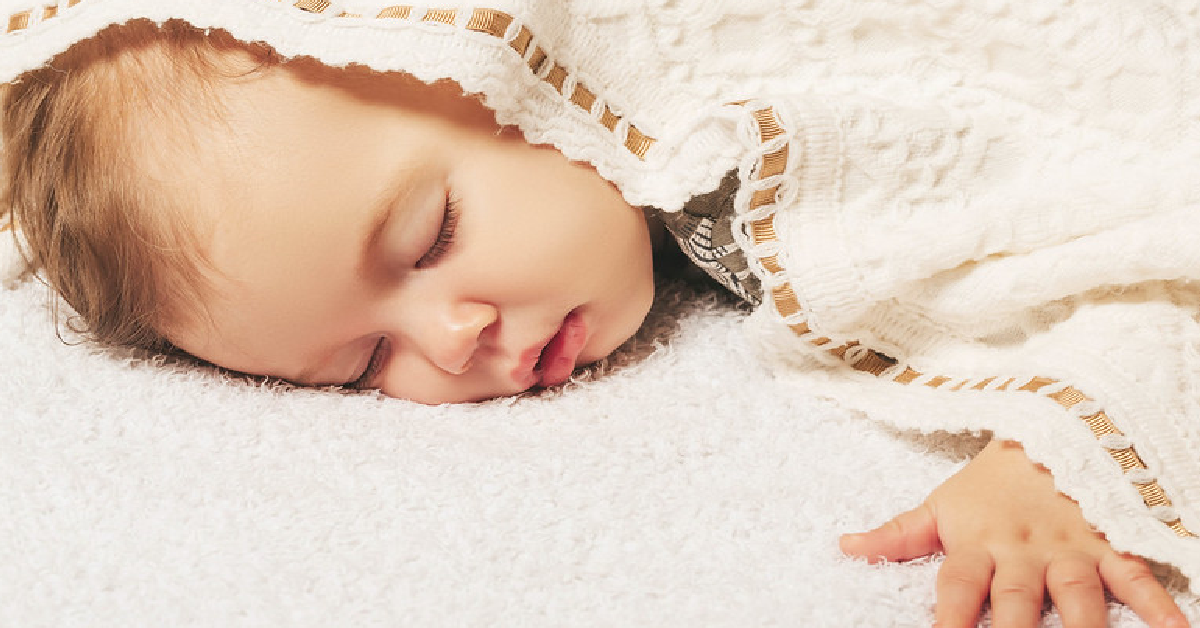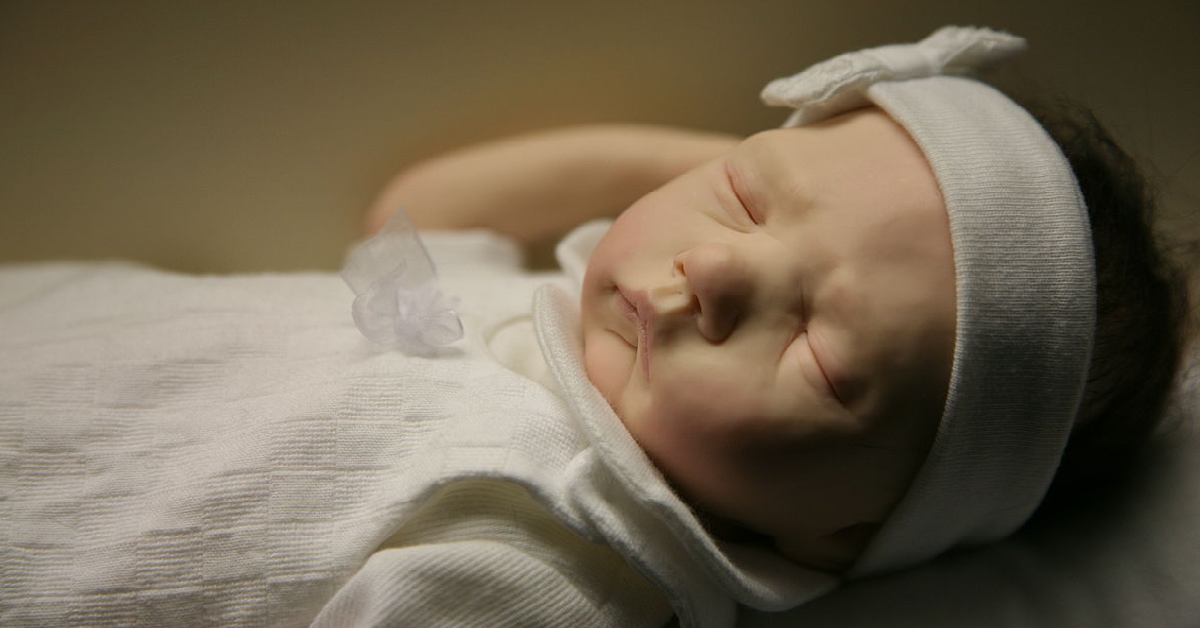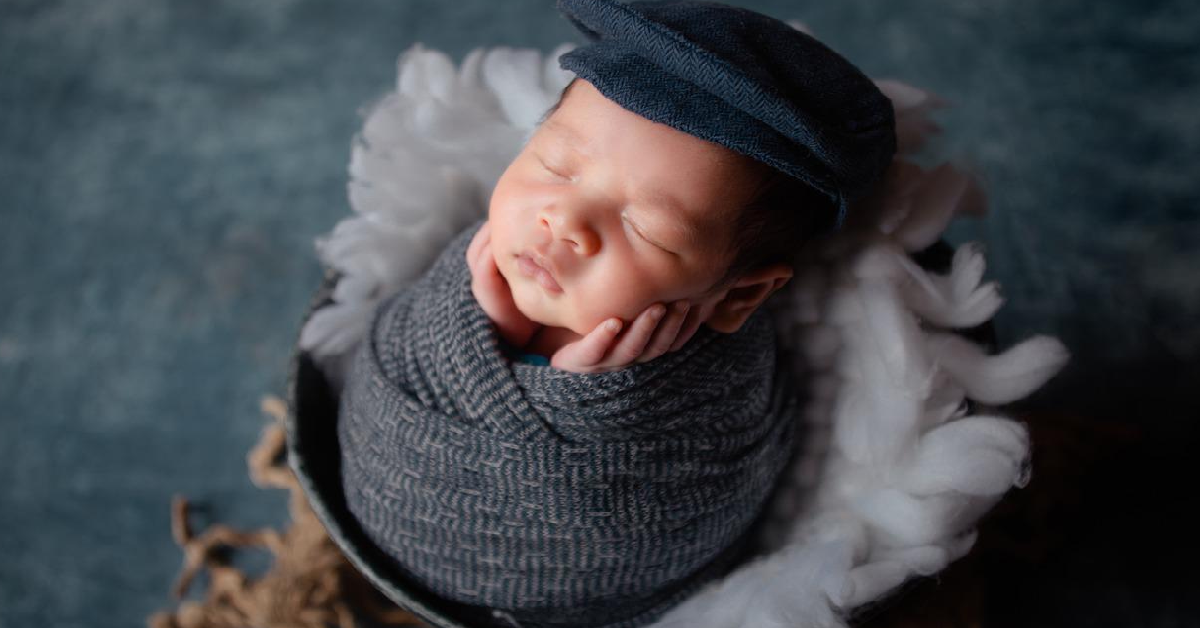For new parents, there are a few guaranteed certainties. One is that you’ll never get a full night’s sleep ever again, you’ll always be worried about your baby’s wellbeing, and there is nothing more precious than watching your little one sleep.
But as cute as babies are when they sleep, it is also important that they get their rest in a safe manner. That is why the American Academy of Pediatrics regularly updates its site for safe sleep recommendations so that parents and caregivers can rest easier knowing that their precious little ones are having the best and safest sleep possible.

As of June 21, there are some new, updated recommendations for combating sleep-related infant deaths.
According to the AAP, parents should avoid using items such as weighted blankets, weighted swaddles, or weighted sleepers. Additionally, the new sleep recommendations also caution against placing a beanie on infants while indoors – apart from certain situations like within the first few hours after birth or if in the neonatal intensive care unit.

The AAP website states, “Given the questionable benefit of hat use for the prevention of hypothermia and the risk of overheating, it is advised not to place hats on infants when indoors.”
These new guidelines are applicable to newborns all the way up to 1-year infants. Additionally, these recommendations come with research studies to back up the claims – 159 new research studies to be exact.
This is on the heels of the last updated report which came out five years ago, according to Good Morning America. Besides the new June 2021 Consumer Product Safety Commission’s safety standards, the AAP has another recommendation that infants show be sleeping on their backs on firm, flat, and non-inclined surfaces in order to comply with the existing federal safety standards. Moreover, the AAP suggests that parents and babies sleep in the same room for the first six months, but never in the same bed.

Dr. Rebecca Carlin, the coauthor of the technical report, shared a statement saying, “We know that many parents choose to share a bed with a child, for instance, perhaps to help with breastfeeding or because of a cultural preference or a belief that it is safe. The evidence is clear that this significantly raises the risk of a baby’s injury or death, however, and for that reason AAP cannot support bed-sharing under any circumstances.”
More information coming from the AAP includes the use of a pacifier being related to a risk reduction. However, it has been shared that there is no evidence showing that swaddling reduces SIDS. It did say that if parents swaddle their infants, they should still be placing their babies to sleep on their backs – and definitely no weighted blankets or swaddled are advised. Furthermore, it cautioned that once infants begin to show signs of attempting to roll, they should no longer be swaddled.

It also suggests that parents breastfeed their children whenever possible, and avoid exposing children to tobacco, alcohol, and other substances. Of course, for any more information about the AAP updated guidelines, a medical professional should be consulted.
Dr. Rachel Moon, the lead author of the technical report, stated, “Parents might think that their infant is waking up too much during the night and fear that something is wrong. But babies by their nature wake up frequently during the night. Although this can be understandably frustrating for parents who are exhausted and losing out on their own sleep, babies have to wake to feed every 2-3 hours, so this is normal and healthy, and should be expected. When parents have questions about their infant’s sleep, they should always ask their pediatrician for guidance.”













